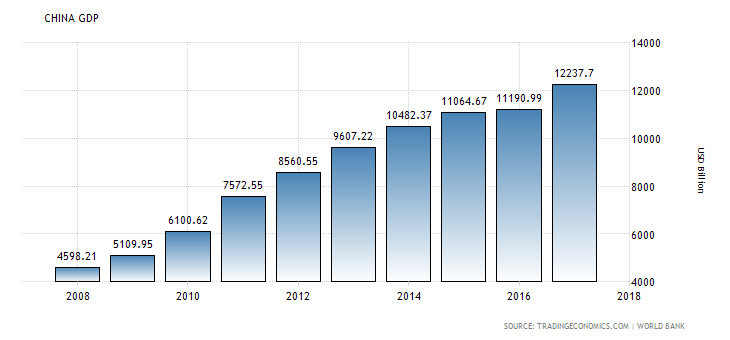Fixed Income Review - May
- Soham Mukherjee
- Jun 10, 2018
- 3 min read

Yields Fall Back to a Flatter 3%
This month the yield curve reversed the long maturity yield increases that occurred throughout April.
Maturities past the year mark saw yields fall due to a combination of dovish minutes from the Fed’s May meeting and global turmoil.
Political unrest in Italy caused a crash in the 400 point drop in the Dow the Tuesday after Memorial Day weekend. This triggered a flight to safety bidding up treasury valuations and cutting down yields.
Trump’s renewed rhetoric on trade caused bond prices to further rally as the fear of retaliatory trade sanctions slowing US growth outweighed the inflationary pressures of commodities.

Corporate Bond Market Struggles to Gain Momentum Unlike Equities
The market rally is back...at least for equities. Over the past two weeks the Dow Jones Industrial Average has climbed nearly 900 points with a 5 session winning streak in the midst.
The same has not been the case, however, for the corporate debt market. As treasury yields continue to rise, bond investors are becoming increasingly worried that the associated return (yield) tied to corporates are not high enough to justify their risks.
As well, the return of equity market confidence has pulled some traders out of bonds and back into stocks.
Both of these factors have caused an underperformance for corporate bond funds and the overall bond market moving into June as the gap between equities and credit continues to rise.
Philadelphia Green Bonds
The City of Philadelphia has recently issued “Green” municipal bonds, a debt instrument that finances and supports the creation of eco-friendly projects.
The growth in issuance of these bonds have grown substantially over the past 5 years within the United States as corporations and municipalities continue to put sustainability as a higher priority when it comes to their daily operations and try to lower the costs of borrowing.
As of 2017, the amount of capital raised through green bonds hit $157 billion. Whether this classification will provide an advantage when it comes to borrowing has not been fully determined yet as there is still no official classification of what a “Green Bond” is.
This is compounded by the fact that the market for socially responsible investments has not yet generated enough demand.
Municipal green bonds provide the same tax efficiency benefits to investors that average muni’s do, specifically tax free interest and certain tax credits may be rewarded to investors under certain circumstances.
The tax exemption is based on investor location with the investor receiving tax free income on the federal, state, and municipal level if they reside in the location of the issuer. Issuers are still responsible for ensuring the proper payment of these revenue or tax backed bonds respectively using the revenues generated from the project or more commonly the overall tax revenues of the municipality as collateral.
This is why security analysis is a break down of the creditor’s finances as well as the economics and demographics that affect them.
The green bonds in our analysis are set up in the same structure of a general obligation muni, that is, the City of Philadelphia is responsible for the debt obligation and intermittent interest payments through taxes rather than project generated revenues.
The proceeds of the bonds are going to be used to help make the Philadelphia Museum of Art more energy efficient which qualifies them as “green bonds”. Although the PMA is not part of the municipality, issuers often offer non profits the option to issue debt through the muni market to lower costs.
Usually this is the case when the service benefits the entire city or provides a service the municipality would otherwise have to offer.
The City of Philadelphia’s top source of revenue is generated through city wage and earnings tax.
In 2016, Philadelphia generated $1.365 billion from this source of income. Property and corporate taxes together bring in roughly $1.05 billion while sales and property transfer tax do another $400 million. All together, the City of Philadelphia brought in $3.989 billion in 2016.
With city wage and earnings tax constituting over 30% of revenue generation for the city, it is essential to evaluate its sources more in-depth. On a large scale, Philadelphia’s economy is heavily rooted in healthcare and education.
Although the economy is more concentrated than we would like these two industries provide stability in terms of taxable income as their services are inelastic. This couple with the institutional nature of the industries provides the stability that a diverse economy would create.






Comentários